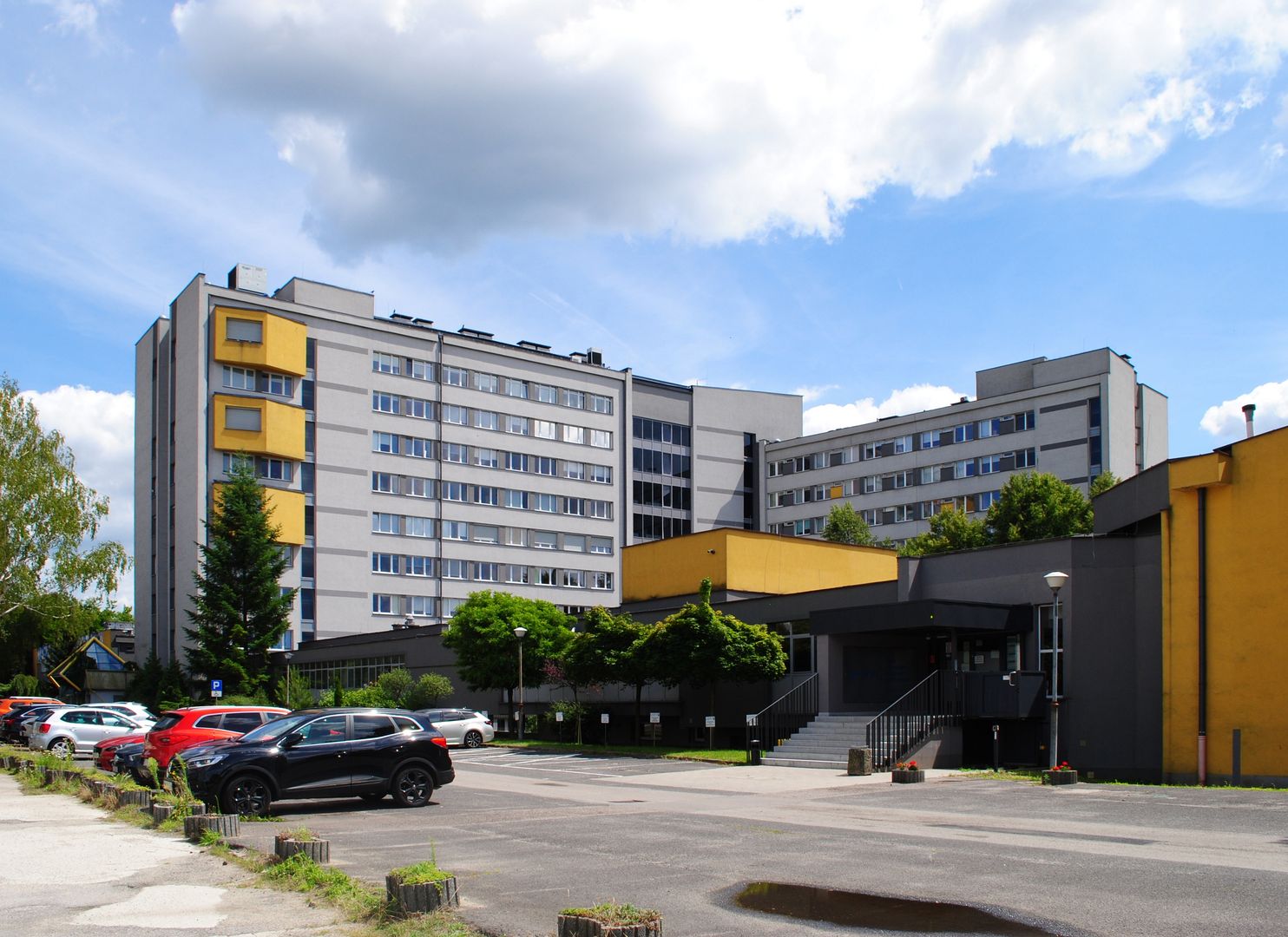Ligota
6.67

Overview
Ligota, a district of Katowice, was first mentioned in historical records in 1360. It began to develop dynamically from the end of the 17th century, especially after the construction of a railway line in 1852. Urban transformations and industrialization led to intensive growth, turning Ligota from an agricultural village into an industrial and spa center. Franciszkańska Street became one of its key areas, featuring guesthouses and restaurants, and Ligota officially gained the status of a district of Katowice in 1924.
The architecture of Ligota includes both older buildings and socialist-realist housing estates from the communist era, including multi-family residential complexes from the 1950s and 1960s, as well as modern developments such as the Libero Shopping Gallery. In terms of culture, Ligota has rich traditions, including the activities of the local Cultural Center, which gave rise to famous theater groups like the Mumio Cabaret, and the organization of the Święto Kwitnących Głogów (Festival of Flowering Hawthorns). Religious life in Ligota is vibrant, centered mainly around the Catholic Church, but also including Buddhist and Evangelical communities.
An interesting fact is Ligota’s strategic location along the Kłodnica River and its proximity to the Panewnickie Forests, which enhances the recreational appeal of the district. Ligota is a testament to how a small settlement can transform into an integral part of a major city, blending history, culture, and modernity.
Location
Tickets
Powered by GetYourGuide
2025 Wizytor | All Rights Reserved